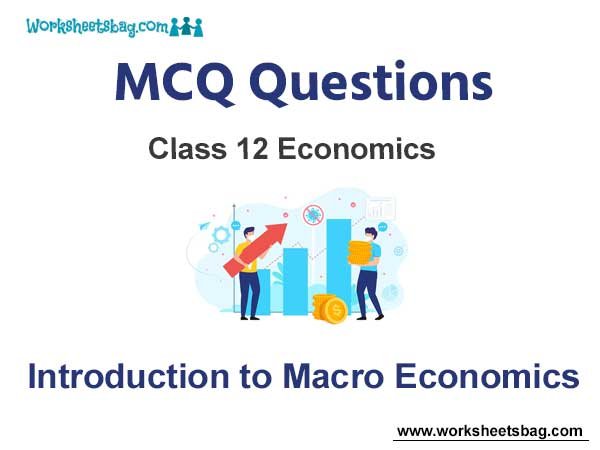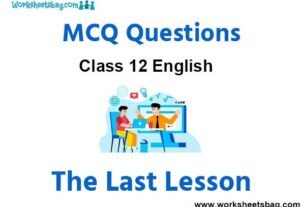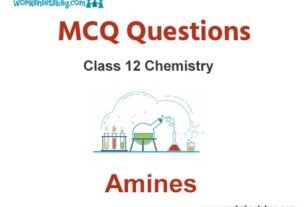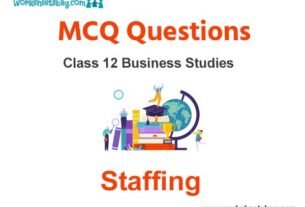Please refer to Introduction to Macro Economics MCQ Questions Class 12 Economics below. These MCQ questions for Class 12 Economics with answers have been designed as per the latest NCERT, CBSE books, and syllabus issued for the current academic year. These objective questions for Introduction to Macro Economics will help you to prepare for the exams and get more marks.
Introduction to Macro Economics MCQ Questions Class 12 Economics
Please see solved MCQ Questions for Introduction to Macro Economics in Class 12 Economics. All questions and answers have been prepared by expert faculty of standard 12 based on the latest examination guidelines.
MCQ Questions Class 12 Economics Introduction to Macro Economics
Question . Which among the following does not have the application of multiplier
(a) Determination of income
(b) Fiscal policy
(c) Monetary policy
(d) Foreign direct investment
Answer
C
Question .When was the famous book of Prof. Keynes published?
(a) 1930
(b) 1931
(c) 1936
(d) 1940
Answer
C
Question .Under which type of activity would you categorise the sale of shares of another firm whilst preparing the cash flow statement?
(a) Financing activity
(b) Investing and financing
(c) Operating activity
(d) Investing activity
Answer
D
Question. Which of the following is an example of macroeconomics?
(a) Saving of an individual
(b) Consumption of a household
(c) Price level of a firm
(d) Aggregate demand of an economy
Answer
D
Question. Who used the word ‘micro’ for the first time:
(a) Marshall
(b) Boulding
(c) Keynes
(d) Ragnar Frisch
Answer
D
Question.Which of the following is the salient feature of factors (or resources) ?
(a) These are limited as compared to wants
(b) These have alternative uses
(c) Both (a) and (b)
(d) None of the above
Answer
C
Question Which of the following is NOT a flow variable?
(a)Income
(b) Wealth
(c) Saving
(d) Investment
Answer
B
Question .When did the great depression occur?
(a) 1929-30
(b) 1934-35
(c) 1938-39
(d) 1941-42
Answer
A
Question. What is a good in economics
(a) It is a service.
(b) It can be a service.
(c) It is something that appears appealing.
(d) It is something that satisfies wants and needs.
Answer
D
Question. Cotton yarns purchased by handloom worker is
(a) An intermediate good
(b) A consumer good
(c) A capital good
(d) None of these
Answer
A
Question. Defects in SNA include
(a) Neglects depletion of natural capital
(b) Neglects environmental pollution
(c) Expenditure to defend the effects of pollution
(d) All of the above
Answer
D
Question. What is known as the study of individual units?
(a) Macroeconomics
(b) Microeconomics
(c) Income and Employment Theory
(d) Development economics
Answer
B
Question. Which among the following is not a feature of Keynesian theory?
(a) Short run
(b) Wage price flexibility
(c) Fiscal policy
(d) Underemployment equilibrium
Answer
B
Question Market price ad factor cost would be equal when there is:
(a) no direct tax
(b) no indirect tax
(c) no subsidy
(d) no indirect tax and no subsidy
Answer
D
Question In which type of economy, domestic income is equal to national income?
(a) OPen economy
(b) Closed Economy
(c) Both a and b
(d) Neither a nor b
Answer
B
Question. Under classical theory, rate of interest is determined by
(a) Demand for money and supply of money
(b) Demand for capital and supply of savings
(c) Demand for investment and price level
(d) Demand for investment and supply of money
Answer
B
Question The value of MPC in Keynesian model is:
(a) greater than zero and less than one
(b) MPC=1
(c) MPC greater than one
(d) None of the above
Answer
A
Question.The deficiency of aggregate demand during depression period leads to
(a) Seasonal unemployment
(b) Voluntary unemployment
(c) Involuntary unemployment
(d) Frictional unemployment
Answer
C
Question An increase in planned investment spending causes aggregate output to;
(a) increase by an amount equal to the change in investment spending.
(b) increase by an amount less than the change in investment spending.
(c) increase by an amount greater than the change in investment spending.
(d) decrease by an amount less than the change in investment
Answer
A
Question. Which of the following is not a macro variable?
(a) Wholesale price index
(b) Output of the firm
(c) Aggregate demand
(d) Aggregate supply
Answer
B
Question. Two sector economy consists of:
(a) Households, firms
(b) Households, Government
(c) Firms, Foreign sector
(d) Firms, Government
Answer
A
Question If factor cost is greater than Market price, then it means that:
(a) Indirect taxes > subsidies
(b) Indirect taxes = subsidies
(c) Indirect Taxes < Subsidies
(d) Indirect taxes = and > subsidies
Answer
C
Question National income is equal to:
(a) Domestic product plus factor income earned from abroad
(b) domestic product plus net factor income earned from abroad
(c) Domestic product mins factor income earned from abroad
(d) Domestic product plus export minus imports
Answer
B
Question . Who is known as the father of modern macroeconomics?
(a) Adam Smith
(b) J.M.Keynes
(c) Samuelson
(d) Hicks
Answer
B
Question. Which of the following is studied under Micro Economics ?
(a) Individual unit
(b) Economic Aggregate
(c) National Income
(d) None of these
Answer
D



